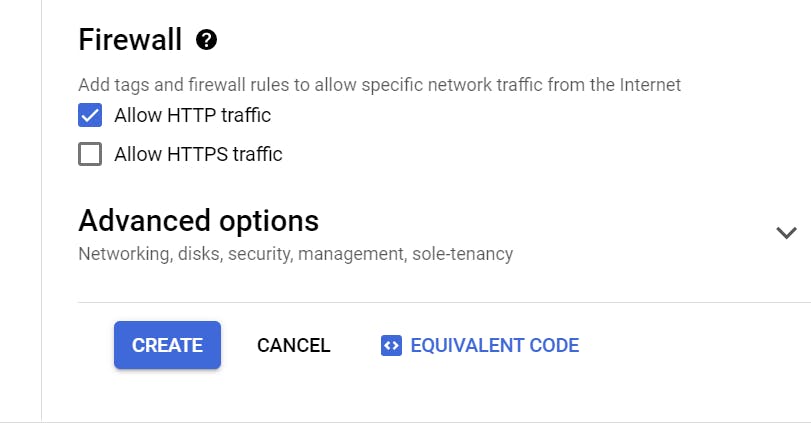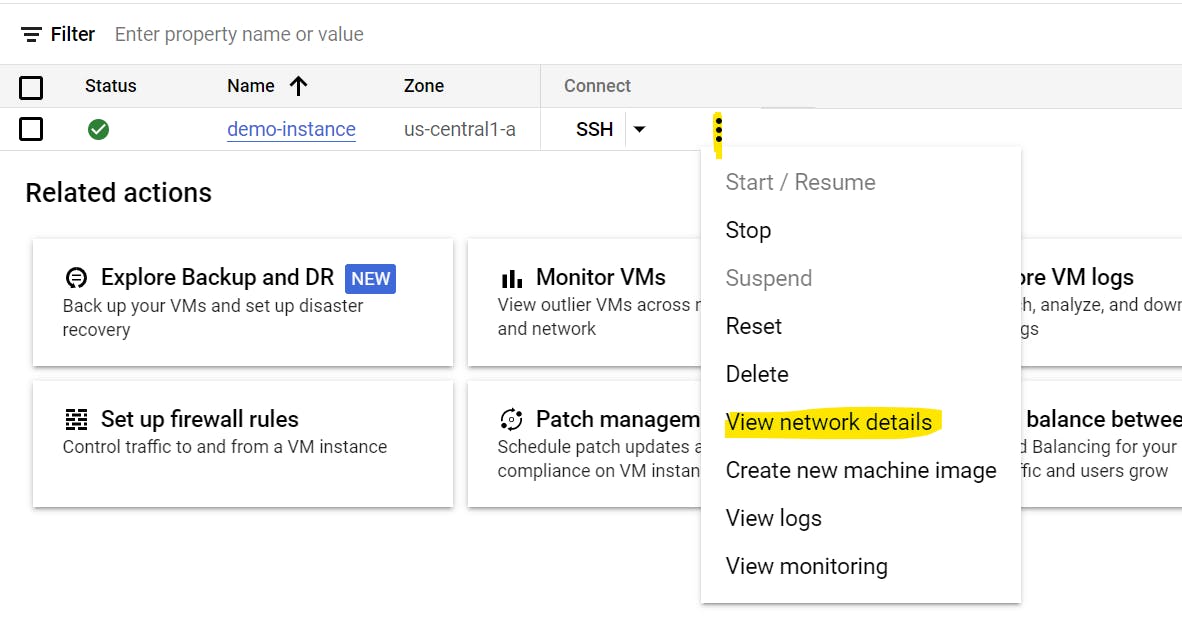GCP Cloud Architect - Compute Engine Part # 1
Table of contents
This article will explore Google Cloud's Compute Engine service, providing an overview of what it is, how to use it, and recommended best practices.
Google Cloud Compute Engine is a form of IaaS, which means that Google is responsible for managing the underlying hardware and data center infrastructure, such as servers, storage, and networking equipment. Customers can then use Compute Engine to create and manage virtual machines (VMs) running on this infrastructure, and are responsible for managing the software and applications running on those VMs. This includes tasks such as installing updates, configuring security settings, and managing patch management. Compute Engine provides a range of features and tools to make it easier for customers to manage their VMs, including monitoring and logging capabilities, automation tools, and integration with other Google Cloud services.
Creating Compute Engine
To create a Compute Engine instance on Google Cloud Platform (GCP), you need to log in to the GCP Console

click on create instance.

Give the compute engine name "demo-instance", select the region and zone.

In Google Cloud Platform (GCP), regions and zones are used to define the physical locations where resources are deployed and managed.
A region is a specific geographical location where Google has multiple data centers. Each region is independent and contains one or more zones. GCP offers multiple regions across the world, allowing you to choose the location closest to your users or data.
A zone is an isolated deployment area within a region that provides low-latency connectivity to other zones in the same region. Each zone has its own power, cooling, and networking infrastructure, making it physically and logically distinct from other zones in the same region.
When you deploy resources in GCP, you can choose the region and zone where you want to create them. This decision can affect the performance, availability, and cost of your services, so it's important to choose the appropriate location based on your requirements.
Select the appropriate machine type based on your specific needs and requirements. As a cloud architect, this is important to understand which machine type your application requires.

There are different machine families in Google Cloud Platform (GCP) that are suitable for various workloads:
General Purpose (E2, N2, N2D, N1): These machine types offer the best price-performance ratio, making them suitable for a range of workloads such as web and application servers, small-medium databases, and development environments.
Memory Optimized (M2, M1): These machine types are designed for ultra-high memory workloads, such as large in-memory databases and in-memory analytics.
Compute Optimized (C2): This machine family is optimized for compute-intensive workloads, making it an excellent choice for gaming applications.
By selecting the right machine type based on your workload requirements, you can optimize your infrastructure for better performance, cost-effectiveness, and scalability.

Select the OS and disk size.

select the firewall rule here the ce will accept the http traffic.
click on the Advanced options
go to Automation tab and copy the below bash command when the compute engine will start this will run install the apache2 and run the web server.

click on create to deploy the compute engine.

VM created

click on view network to check the network detail and find the public ip address.

GCP created the VPC we will discuss this in next blog, if we click on the external ip address the web will return.

web page

